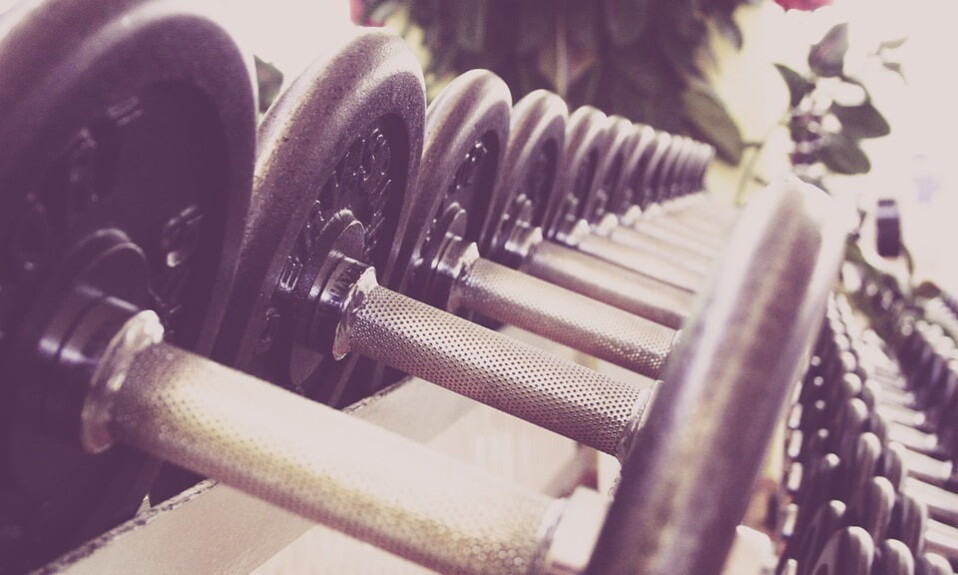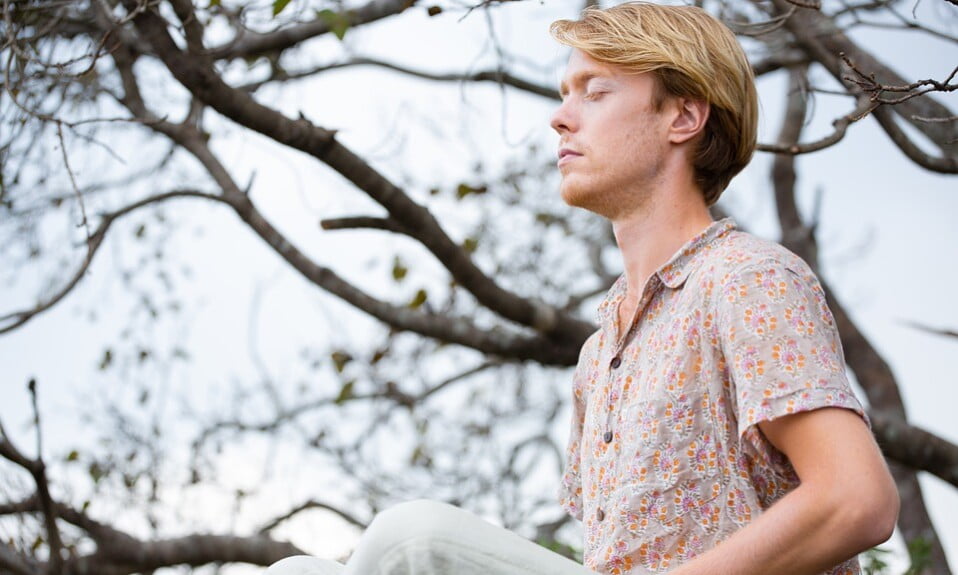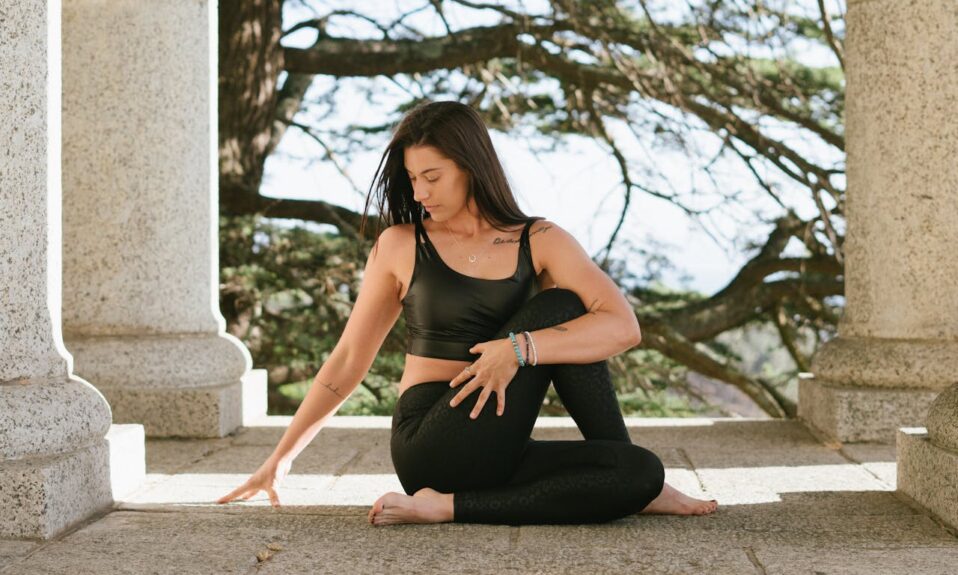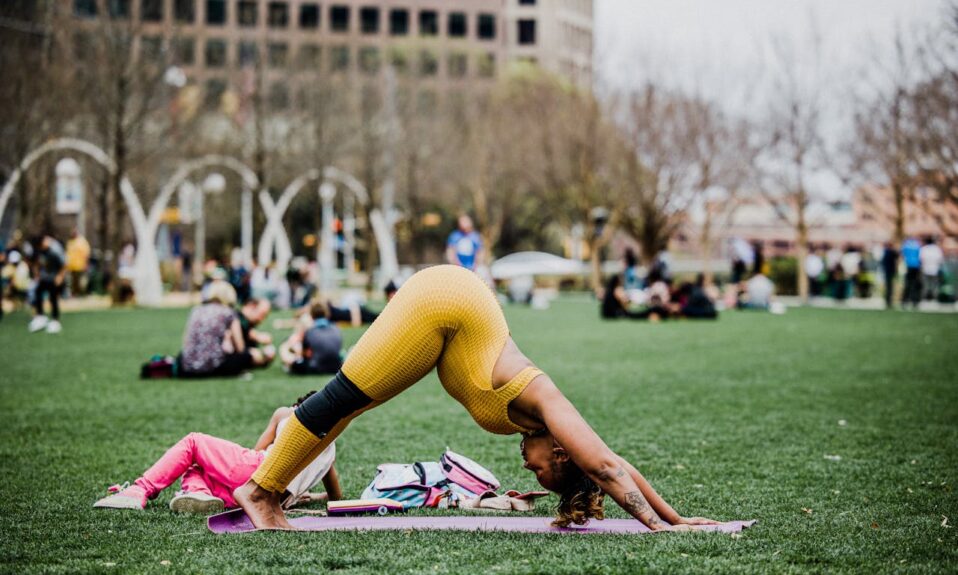In this article, we will explore the popular plank exercise and its calorie-burning potential. Many people incorporate planks into their workout routine with the goal of burning calories and toning their core. We will discuss the effectiveness of the plank exercise for calorie burning and provide an insight into how you can maximize the benefits of this popular workout.
Does the Plank Exercise Actually Burn Calories?
The plank exercise is a core-strengthening exercise that requires you to hold a position similar to a push-up for an extended period of time. It primarily targets the abdominal muscles, but it also engages the shoulders, back, and glutes. While the plank exercise is not a high-impact, calorie-burning workout like cardio exercises, it still offers some calorie-burning benefits.
When performing the plank exercise, your body requires energy to maintain the hold position, and this energy expenditure results in calorie burning. The number of calories burned during a plank exercise session varies depending on several factors, including your weight, the duration of the plank hold, and your overall fitness level.
How Many Calories Can You Burn with the Plank Exercise?
The number of calories burned during a plank exercise session can vary widely from person to person. In general, a person weighing around 150 pounds can expect to burn approximately 3-4 calories per minute during a plank hold. This means that a 5-minute plank session could burn around 15-20 calories. Keep in mind that these numbers are estimates and can vary based on individual factors such as body weight and muscle mass.
To increase the calorie-burning potential of the plank exercise, you can incorporate variations such as side planks, plank jacks, and plank with leg lifts. These variations engage different muscle groups and increase the overall intensity of the exercise, resulting in higher calorie expenditure.
How Does the Plank Exercise Compare to Other Calorie-Burning Workouts?
While the plank exercise may not burn as many calories as high-intensity cardio workouts such as running or cycling, it still offers valuable benefits for core strength and stability. Incorporating planks into a well-rounded fitness routine can help improve overall muscle tone and contribute to a strong, stable core.
For those looking to maximize calorie burning, a combination of cardiovascular exercises, strength training, and a balanced diet is recommended. It’s important to focus on overall fitness and wellness, rather than solely relying on one specific exercise for calorie burning.
Conclusion
The plank exercise can be a valuable addition to your workout routine, offering benefits for core strength, stability, and calorie burning. While it may not be the most effective calorie-burning exercise, it plays a crucial role in overall fitness and can be a part of a balanced workout regimen. By incorporating plank variations and maintaining proper form, you can maximize the calorie-burning potential of this popular exercise.
FAQs
1. Can I lose weight by doing only planks?
While planks can contribute to calorie burning and muscle strengthening, they should be part of a comprehensive fitness plan that includes a mix of cardio, strength training, and a healthy diet. Relying solely on planks for weight loss is not recommended.
2. How long should I hold a plank to burn more calories?
The duration of a plank hold affects the number of calories burned. Aim for longer holds, gradually increasing your time as your strength improves. However, maintaining proper form is crucial, so prioritize quality over duration.
3. Can I do planks every day?
While planks can be done daily, it’s important to listen to your body and allow for adequate rest and recovery. Overtraining can lead to muscle fatigue and potential injury. Consider incorporating rest days or alternate core exercises in your routine.
4. Should I do different types of planks for better calorie burning?
Varying your plank exercises can engage different muscle groups and increase the overall intensity, leading to higher calorie expenditure. Consider incorporating side planks, plank jacks, and plank with leg lifts to maximize the benefits.
5. Can planks help tone my abs?
Yes, planks are effective for toning your abdominal muscles and strengthening your core. Along with a balanced diet and overall fitness routine, incorporating planks can contribute to improved muscle tone and stability.





